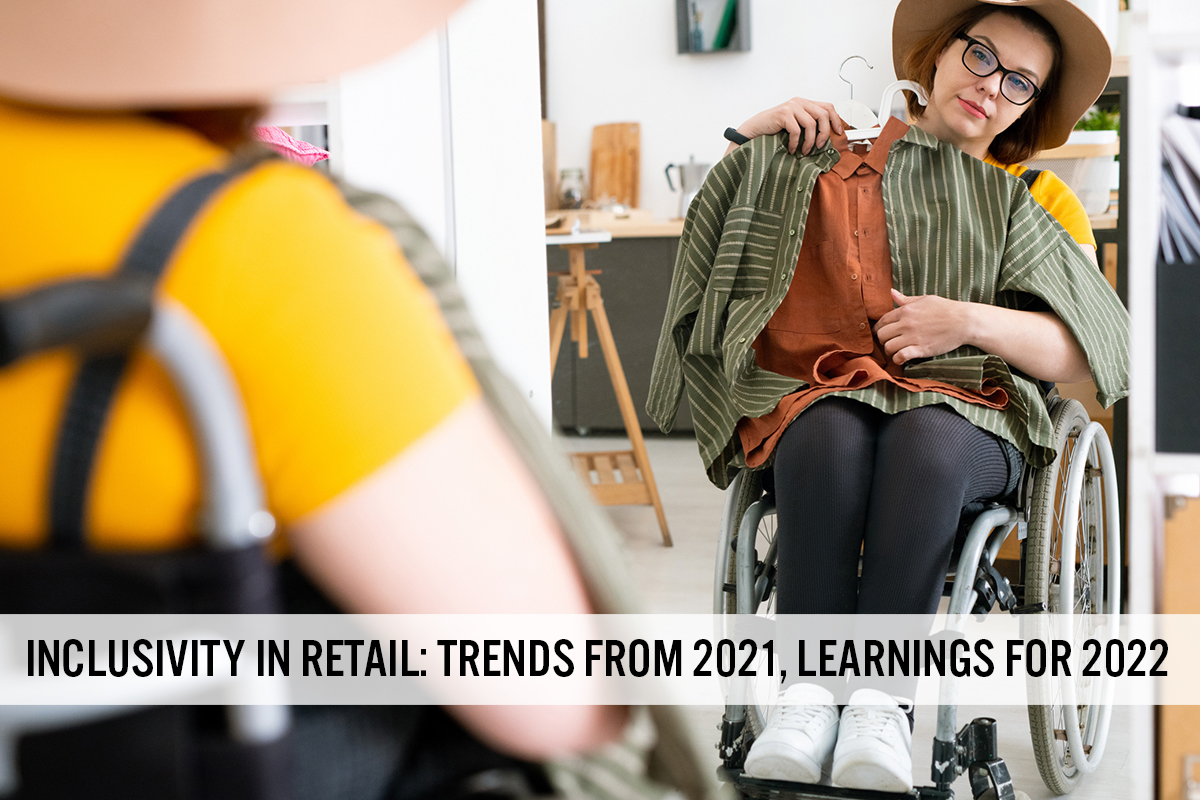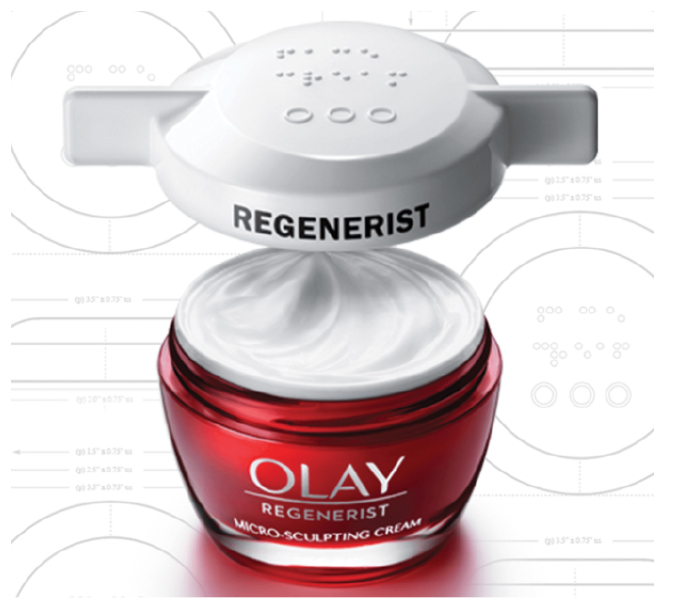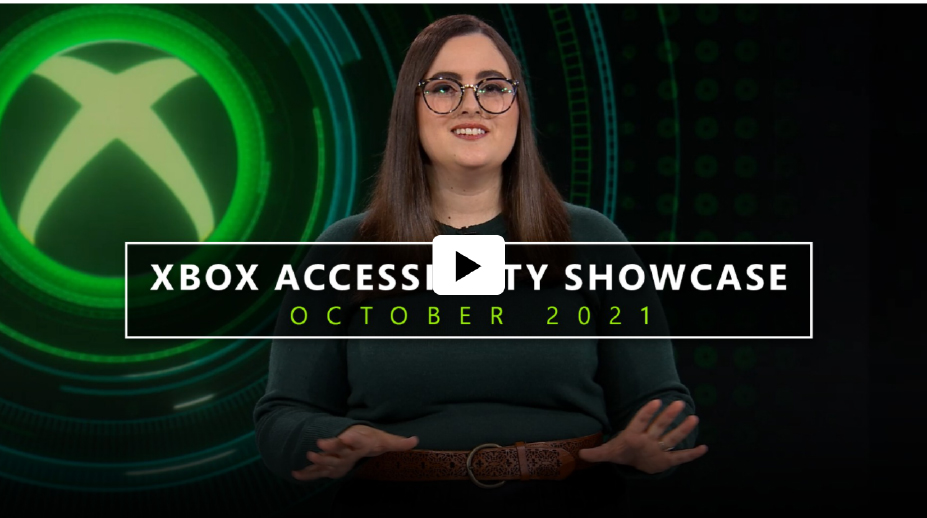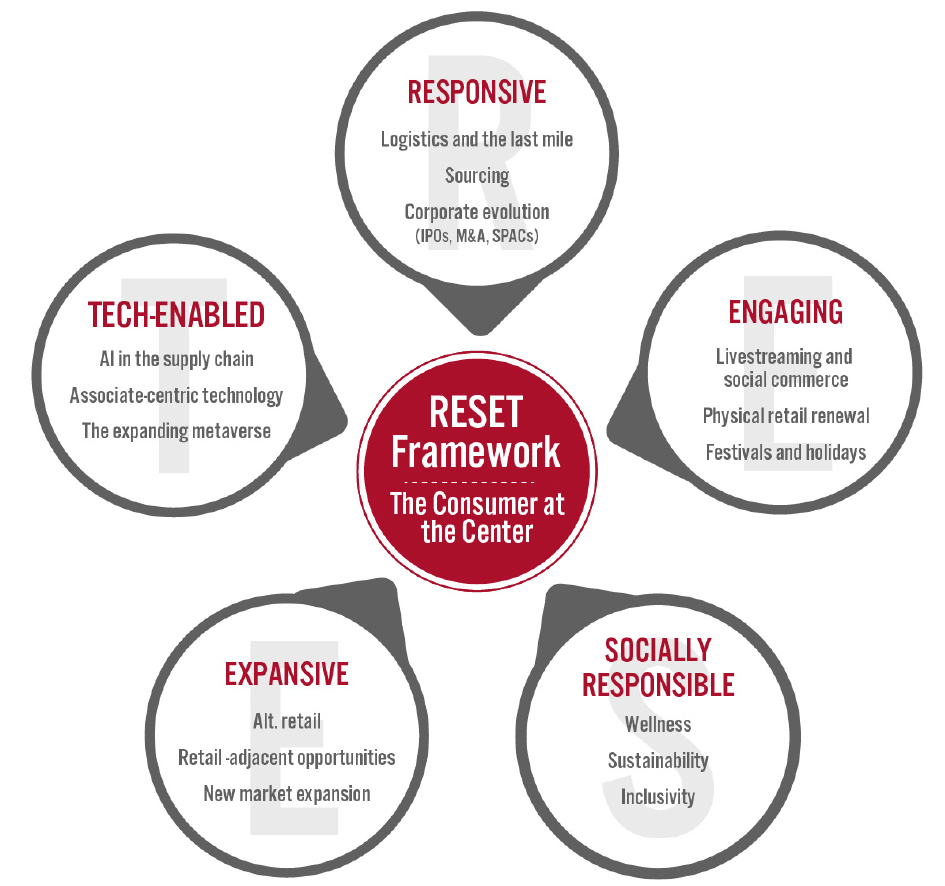
DIpil Das
Introduction
What’s the Story? Coresight Research has identified inclusivity—providing equal access for people who might otherwise be excluded or marginalized—as a key trend to watch in retail and a component trend of Coresight Research’s RESET framework for change. That framework provides retailers with a model for adapting to a new world marked by consumer-centricity, in 2022 and beyond (see the appendix of this report for more details). After years of consumer advocacy, inclusive categories are gaining traction across the retail industry, accelerating in light of the racial justice movement in the US, which has helped to inspire a global conversation on diversity and representation. Inclusivity impacts corporate structures and policies, brand representation on shelves, suppliers, product categories, and the content that companies and brands are posting on social media. In this report, we discuss major inclusivity themes, highlighting developments in 2021 and offering our view of the retail impact for 2022. Why It Matters Inclusivity is influencing long-term change within the retail industry, driving billion-dollar growth in multiple product categories, including adaptive apparel, gender-free designs, extended sizes, and beauty for all ages, races and genders. Inclusive products and corporate practices are no longer a secondary consideration but a necessity for retailers and brands to be competitive. Inclusive categories are expanding, which shows that the industry is beginning to listen to the consumer. By understanding recent trends and establishing inclusive practices and strategies, brands and retailers can capitalize on momentum in the inclusivity space and improve brand reputation among consumers. We expect retailers to include more diverse brand owners in their portfolios and in the supply chain, as well as provide mentorship and accelerator programs geared toward diverse and inclusive entrepreneurs. Such initiatives will help to positively impact retail sales in inclusive categories as diverse brands gain traction in the market.Inclusivity in Retail—Trends from 2021, Learnings for 2022: Coresight Research Analysis
Adaptive Retail Moves Beyond Apparel and Footwear The adaptive apparel and accessories market has been slowly growing over the past few years as more retailers and brands recognize the opportunity. We believe that the potential for adaptive apparel sales is huge: In our Think Tank on the US adaptive apparel market, we estimate that spending in the market totaled approximately $1.3 billion in 2021 but that the total potential addressable market was worth $64.3 billion. With the apparel and footwear sector paving the way for adaptive products, we are beginning to see the adaptive market expand to the home, beauty and personal care, technology and packaging sectors, as more brands and retailers look for ways to serve the needs of disabled people—which represent 12.7% of the US population, according to the US Census Bureau (latest data available from 2019). We are beginning to see brands and retailers experiment and launch innovations to create more universal design concepts for products that can serve larger user groups. We highlight notable examples below. Beauty Packaging In December 2021, Procter & Gamble prototyped an easy-open winged lid to be incorporated in the Olay beauty line. The beauty packaging also includes extra grip, Braille text and a high contrast product label. In the spirit of inclusivity and open accessibility, Procter & Gamble is sharing its design with other beauty manufacturers. [caption id="attachment_143829" align="aligncenter" width="700"] Adaptive beauty packaging
Adaptive beauty packaging Source: Olay [/caption] Personal Care Products In April 2021, Unilever launched Degree Inclusive, a deodorant designed for people with visual impairment and upper-limb motor disabilities. To create a prototype, the company partnered with an inclusive team of design experts from marketing communications agency Wunderman Thompson, as well as occupational therapists, engineers, consultants and people living with disabilities across the globe. The product includes a hooked design for one-handed use, magnetic closures for the cap for individuals with limited grip or vision impairment, enhanced grip placement, a Braille label and a larger roll-on applicator. Technology In October 2021, Microsoft Store added advanced accessibility features to the Xbox One and Xbox Series X|S to help inform game-purchasing decisions. There are 20 tags that allow users to customize their playing experience to their own preferences, covering narrated game menus, subtitle options, input remapping, full keyboard support and single-stick gameplay. Microsoft launched the tags in response to a common question from its customers and the disability community: “How do I know which games I can play?” The game-accessibility feature tags will also be available on Xbox.com, the Xbox app on PC and Xbox Game Pass apps in the coming months. Microsoft also has a free Xbox Accessibility Insiders League (XAIL), which provides feedback on the tags so it can “refine and improve the experience for all players.” At the company’s Accessibility Showcase in October 2021, Microsoft estimated that there are 400 million gamers with disabilities globally. [caption id="attachment_143830" align="aligncenter" width="700"]
 Source: Microsoft/YouTube[/caption]
Looking ahead: The apparel and footwear sector has paved the way for different sectors to capitalize on the adaptive opportunity and better serve a variety of consumers. We expect more companies across multiple categories to focus on improving the accessibility of their products and services moving forward—launching innovations to reach a broader consumer base. Collaborations and open designs will further support brands, retailers, manufacturers and technology companies in implementing adaptive practices.
Gender-Free Merchandise Extends into More Categories
In 2020 and 2021, conversations around gender-identification categories beyond men and women became more mainstream in workplaces and schools. Younger consumers expressing their gender identity have helped drive the emergence of the gender-free product category in retail.
From January through June 2021, there were six gender-free launches from major brands and retailers spanning accessories, apparel, footwear, cosmetics and jewelry. There have been several major announcements since, as brands and retailers continue to embrace the gender-free category:
Source: Microsoft/YouTube[/caption]
Looking ahead: The apparel and footwear sector has paved the way for different sectors to capitalize on the adaptive opportunity and better serve a variety of consumers. We expect more companies across multiple categories to focus on improving the accessibility of their products and services moving forward—launching innovations to reach a broader consumer base. Collaborations and open designs will further support brands, retailers, manufacturers and technology companies in implementing adaptive practices.
Gender-Free Merchandise Extends into More Categories
In 2020 and 2021, conversations around gender-identification categories beyond men and women became more mainstream in workplaces and schools. Younger consumers expressing their gender identity have helped drive the emergence of the gender-free product category in retail.
From January through June 2021, there were six gender-free launches from major brands and retailers spanning accessories, apparel, footwear, cosmetics and jewelry. There have been several major announcements since, as brands and retailers continue to embrace the gender-free category:
- In January 2022, France-based accessible luxury brand Monsieur L launched gender-free footwear.
- Apparel retailer PacSun opened a gender-free kids’ apparel store in the Mall of America, Minnesota, in November 2021.
- In August 2021, Italian luxury lingerie brand Cosabella announced that it would launch “technically fitted” underwear and sleepwear products, offering the same style across genders but taking into consideration waistband and cup sizes.
- Gilly Hicks opened a gender-free teen apparel store in Columbus, Ohio in July 2021.
- Apparel brand Tommy Hilfiger collaborated with actor Indya Moore on a gender-free capsule collection in July 2021.
- Luxury brands Altazurra,Marni and Telfar have launched gender-free apparel lines.
- Read our separate report for more on the gender-free market opportunity in retail.
- In March 2021, Erdem x Universal Standard launched a limited-edition collection of size-inclusive apparel.
- In September 2021, Target announced its fall collaboration with four designers—Rachel Comey, Nili Lotan, Sandy Liang and Victor Glemaud. The capsule collections offered sizesranging from XXS to 4X.
- Read our separate report for more on the US women’s plus-size apparel market.
- Nordstrom announced in July 2021 that it plans to grow its purchases from businesses owned or founded by Black individuals by 10X by the end of 2030.
- Target pledged in April 2021 that it will spend $2 billion on Black-owned suppliers by 2025. As part of this effort, the company plans to add products to its shelves from more than 500 Black-owned companies.
What We Think
The second half of 2021 was a time of building and expansion for the inclusivity movement, and we expect this to continue into 2022. Incorporating inclusivity into strategic goals is a long-term change which will help to grow the category. Implications for Brands/Retailers- Previously, inclusivity and strategic change were often parallel initiatives. The integration led to many brands and retailers pledging to incorporate more diverse brands and suppliers into their business, not just in 2021 but into the future. This positive development will grow inclusive categories founded or supplied by Black-owned brands.
- In 2022, we expect gender-freeto be a big opportunity for brand launches and category offerings.ender-free is one of the newest and fastest growing categories; it quickly expanded to include two new retail stores while brands and retailers from mass to luxury are entering the category.
- The plus-size category is also buildingmomentum. In 2022, we expect that a men’s category will begin to heat up. Old Navy hinted at NRF 2022: Retail’s Big Show that it is planning to use its learnings from its BODEQUALITY women’s plus-size category to launch an online men’s plus-size category. We expect that this will create buzz for a category that is currently lagging women’s offerings. We also see further expansion in the women’s plus-size category as there has been recent growth in activewear, athleisure and intimates; we see more opportunities in everyday wear.
- Adaptive solutionsare one of the biggest opportunities in 2022. Adaptive apparel is one of the least penetrated categories with considerable opportunities. Retailers and brands are leveraging user insights and universal design solutions, often providing open access to their designs to other manufacturers to advance the entire industry. While the adaptive market has been the slowest moving, we see the advancements in 2021 as huge steps forward. In 2021, there were three launches in adaptive design by major companies: Procter & Gamble, Unilever and Microsoft. This is a positive indicator for adaptive packaging, design and technology solutions for 2022.
- We expect that the emerging gender-free categorywill be a real estate opportunity as it develops physical stores, pop-ups and shop-in-shops.
- There are opportunities for real estate firms to collaborate with small business owners to help them gain access to new retail opportunities. Retailers are focusing on emerging brands and innovators, with programs to help entrepreneurs launch their brands. This will include opening physical spaces.
- In 2022,we expect to see continued technology advancements beyond gaming, which will propel the adaptive market forward to include advanced accessible websites. This will allow persons with disabilities to more easily apply for jobs and shop for products that they like. There are many opportunities for technology vendors to help companies integrate accessible features into both their websites and products.
Appendix: About Coresight Research’s RESET Framework
Coresight Research’s RESET framework for change in retail serves as a call to action for retail companies. The framework aggregates the retail trends that our analysts identify as meaningful for 2022 and beyond, as well as our recommendations to capitalize on those trends, around five areas of evolution. To remain relevant and stand equipped for change, we urge retailers to be Responsive, Engaging, Socially responsible, Expansive and Tech-enabled. Emphasizing the need for consumer-centricity, the consumer sits at the center of this framework, with their preferences, behaviors and choices demanding those changes. RESET was ideated as a means to aggregate more than a dozen of our identified retail trends into a higher-level framework. The framework enhances accessibility, serving as an entry point into the longer list of more specific trends that we think should be front of mind for retail companies as they seek to maintain relevance. Retailers can dive into these trends as they cycle through the RESET framework. The components of RESET serve as a template for approaching adaptation in retail. Companies can consolidate processes such as the identification of opportunities, internal capability reviews, competitor analysis and implementation of new processes and competencies around these RESET segments. Through 2022, our research will assist retailers in understanding the drivers of evolution in retail and managing the resulting processes of adaptation. The RESET framework’s constituent trends will form a pillar of our research and analysis through 2022, with our analysts dedicated to exploring these trends in detail. Readers will see this explainer and the RESET framework identifier on further reports as we continue that coverage.Appendix Figure 1. RESET Framework [caption id="attachment_143517" align="aligncenter" width="700"]
 Source: Coresight Research[/caption]
Source: Coresight Research[/caption]